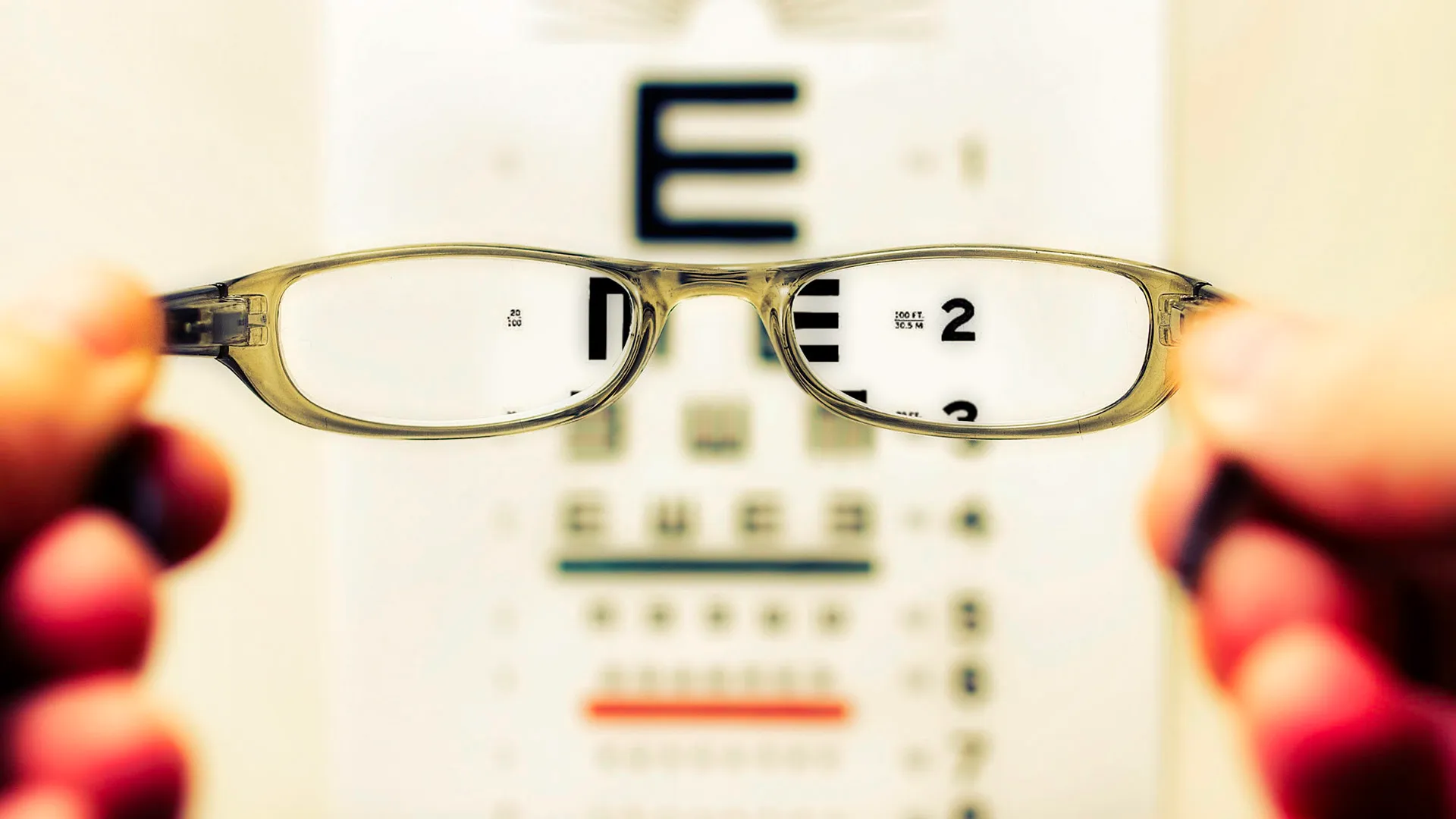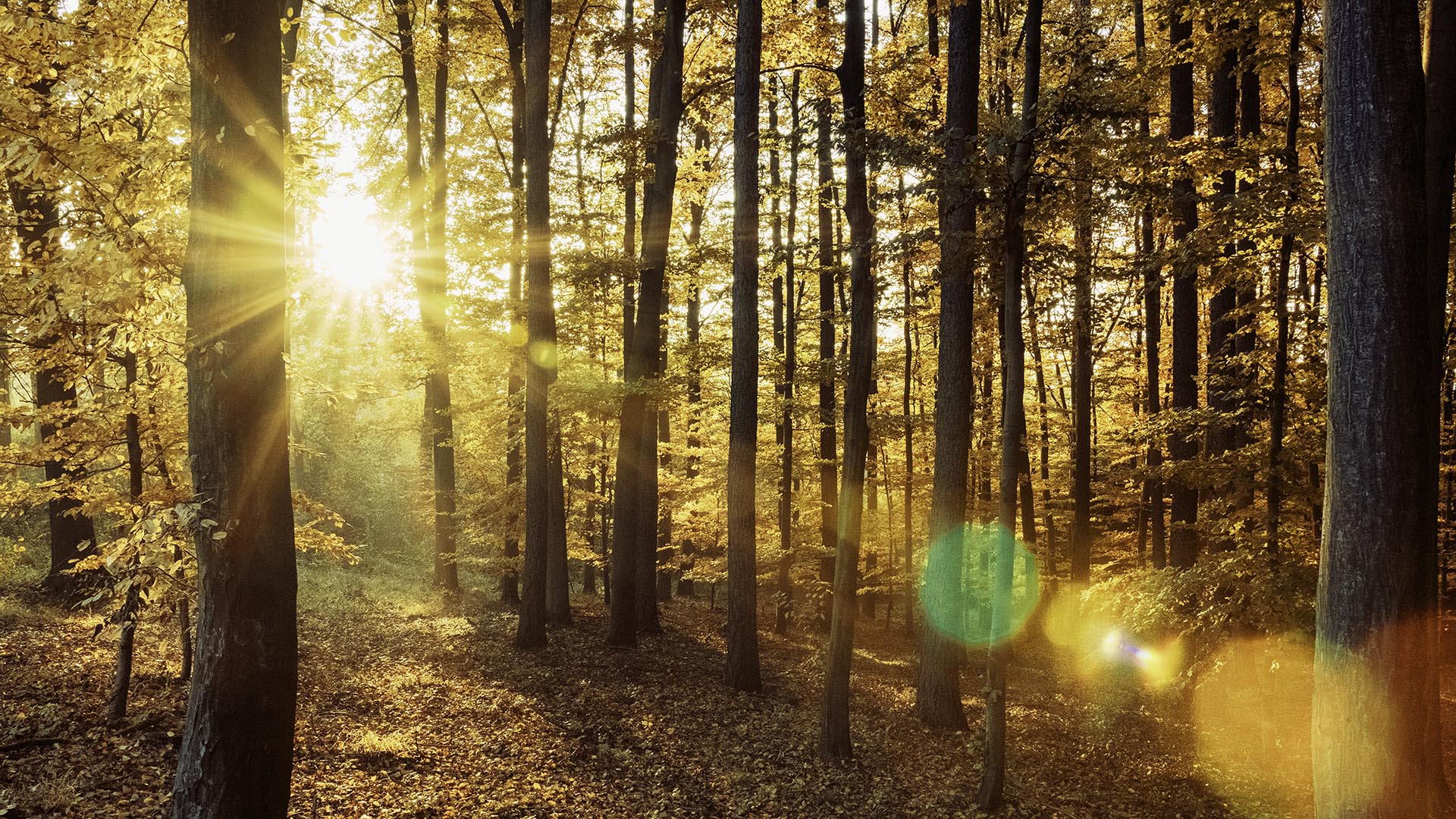Understanding Trends and Topics in Fine Chocolate

I attended this virtual session at the Specialty Foods – aka Winter Fancy Food – Show, presented by Bill Guyton, Executive Director of the Fine Chocolate Industry Association, which sponsored the session.
Much of Guyton’s hour-long talk focused on the findings of a recent study by Allison Brown and colleagues in Penn State’s College of Agricultural Sciences published in the journal PLOS ONE,

(TheChocolateLife’s own Clay Gordon summarized many of the findings of this study in a post linked to under More Reading.)
Guyton also discussed some recent happenings in the fine chocolate industry for makers of craft chocolate, especially smaller artisans:
- COVID-related challenges were not uniform. About a third of makers have struggled, half have seen their businesses maintain about as well as pre-COVID, and about one sixth said business had even improved.
- Guyton noted that about 80% of the cacao for fine chocolate was sourced, at least in part, from Latin America: Ecuador, Peru, Columbia, Trinidad & Tobago, Venezuela. He mentioned Madagascar, the Congo, Tanzania, Vietnam, and Papua New Guinea as areas with high-quality cacao beans that attracted fine chocolatiers.
- Domestically, the cities of New York, Seattle, and the Bay Area were three hotspots for fine chocolate innovation.
Who Is the Audience for Fine Chocolate?
Guyton referred to the FCIA’s 2018 survey that found typical buyers were younger (Millenials), urban dwellers, and more affluent. Not too surprising, as you have to have the disposable income and the access in order to make purchases, and that means city dwellers with better incomes (plenty of that in the Bay Area, the center of Silicon Valley). Millennials as the key demographic might surprise some, but remember – these are no longer “kids”. They’re now 25-40 years old, prime earning and spending years.
Also interesting, fine chocolate consumers:
- Prefer the term “fine” over “artisanal.” Hmmm.
- Like it alone – not that into pairing chocolate with wine, beer, or other beverages.
- Flavor preferences in chocolate? Think almond, caramel, hazelnut, peanut butter, and coffee, although Guyton also said they were “experimental.”
- Dark more than milk chocolate.
- Read labels!
- Favor words like, “organic”, “non-GMO”, and “vegan.”
- Like reassurance that ingredients are ethically sourced.
Guyton also spent some time responding to viewers’ questions. Some highlights:
- When asked if having a “clean label” was important, Guyton admitted being unfamiliar with the label’s specifics. I chimed in here, as it’s something I’ve dealt with in the world of nutrition science, and clarified that there was no formal or legal definition of the “clean label” term. At present, it’s just a marketing term defined however the maker chooses to define it.
- Heirloom Cacao Preservation (HCP): Guyton brought out that HCP was established by FCIA in partnership with the US Department of Agriculture. I liked learning that USDA took interest in preserving a crop that isn’t grown by US farmers but that rewards smaller international farmers with a higher premium when they cultivate indigenous and unique cacao varieties around.
- FCIA found Instagram to be the best social media platform for reaching purchasers, due to the visuals. Facebook is next.
- Health benefits? Guyton didn’t make and major disclosures here. He said he felt fine chocolate was of higher quality because of fewer ingredients and more organic ingredients (not sure there’s a whole lot of credible scientific evidence that organic anything is more healthful, but I have no objection to organic, either). He went on to emphasize the antioxidants present in the cacao bean. The moderator noted that dark chocolate may have a positive impact on gut health.
Guyton summed it up by saying that while fine chocolate may never be a health food, it’s better than candy.
I’d agree.
More Reading & Resources Mentioned in This Post

Fine Chocolate Industry Organization
Heirloom Cacao Preservation Fund
Note: Updated on 1/29 to add the the webinar video that was posted on YouTube.
What are your thoughts on this presentation? Let us know in the comments.


